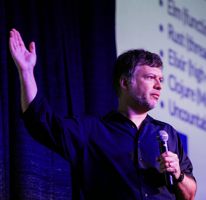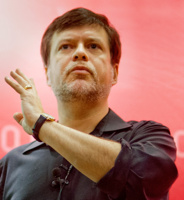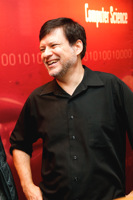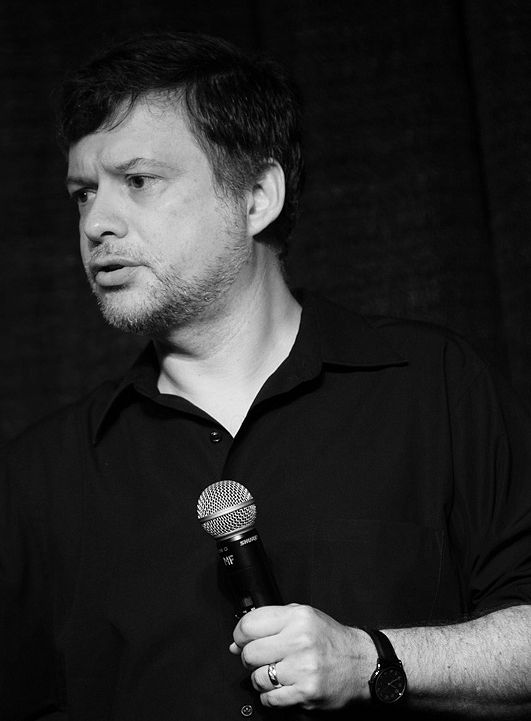Toolshed Technologies
Andy Hunt
Musician, Author, Programmer
L-mode/R-mode and DMN
—Andy Hunt
01/29/2015
Published in Andy's Blog
My book Pragmatic Thinking & Learning was published back in 2008, and I’m delighted to report that I still receive letters from readers ever week, reporting how that book has changed the lives for the better. That’s pretty cool.
And occasionally I get asked questions about how the book came about, and what’s changed since then. Here are a few answers.
Like many programmers and other technical workers, I have no skill whatsoever at visual arts such as drawing or painting. The book Drawing on the Right Side of the Brain has long been highly recommended for novice artists, so one day I started reading it. One of the main premises of that book is that the interference between linear and rich modes in the brain is why so many of us technical types have trouble drawing, and in general have trouble accessing our rich-mode, pre-conscious, asynchronous mental processes.
Now that book has been around a long time, and draws on Sperry’s original research from the 1960’s, so it refers to these mental processes in the original “left-brain/right-brain” parlance, which is not technically accurate: these processes are not strictly hemispherically divided. But the observation of interference between these modes remains valid, as we continue to better understand the underlying mechanisms.
Drawing on the Right Side of the Brain made the critical observation that L-mode interferes with and suppresses R-mode, which inhibits your ability to “see” due to excessive symbolic reduction from L-mode processes. Now the book explains this in terms of a bilateral, hemispheric distinction which we know is not physically correct. But that doesn’t change the outcome: that book has helped perhaps millions of people learn to draw and to be more creative.
So I came up with naming these mental processes “linear-mode” and “rich-mode”, which had the advantage of retaining the L-mode and R-mode abbreviations, while moving away from the misleadingly simplistic right/left brain, hemispheric duality.
Since Pragmatic Thinking & Learning was first published, research has continued and I’d like to think we have a better overall understanding of the brain. In particular, the original, crude idea of “left and right brain” thinking is better explained by looking at cooperating regions of the brain that activate together as a network.
There are some 7 or more identified networks in the brain, including the Executive Attention Network (EAN) and the Default Mode Network (DMN). The DMN consists of some 10 or so distinct areas of the brain and yes, they are spread all over both hemispheres.
The EAN is associated with focused, linear thought. The DMN is more of an “idle loop”, if you will, that takes the mental stage when the EAN is inactive. Based on current literature, it seems pretty clear that the EAN/DMN distinction is a better physical explanation for the observed phenomena I’ve been calling L-mode and R-mode.
It’s possible that what we observe and name “rich mode” might encompass more than just the DMN, and involve some of the other non-EAN networks in the brain. As research continues, I’m sure we’ll continue to get a better and better understanding of how the processes in the brain coordinate to handle different cognitive demands. So along the way we may well need to adjust our terminology and our thinking.
And some people get really hung up on that. But the fact is that no, we really don’t have a firm idea of how the brain actually works. It’s a complicated, self-modifying mess. We’ve got a good start on it, and we’re learning and researching more all the time. But clearly we can take advantage of what we know of the brain already, even as the explanations become more refined and more robust as we go along.
As far as my own creative process goes, I’m a big fan of doodling and mindmaps. I like to leave a mindmap open on my desk, so that when the asynchronous, background mental processes decides to throw something over the fence, I can capture it and begin working with it.
Henri Poincaré’s method works well for me: push the problem out of your foreground mind, and just “hold it lightly.” Then go for a walk, etc. That’s when insights and breakthroughs come to me.
Having authored nine books and tons of programming code over the years, I have to say it really does work ;)
Keep up to date with my low-volume newsletter and don't miss another article or fresh idea:


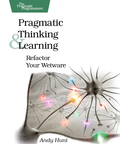
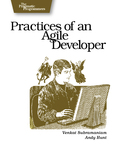
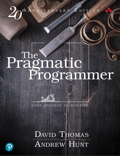
Latest News
-
Greenfield, Brownfield... Blackfield?
July 24, 2024 -
New article: The Limits of Process
January 25, 2022 -
New article: Habits vs. Practices
January 5, 2022 - List All News...
